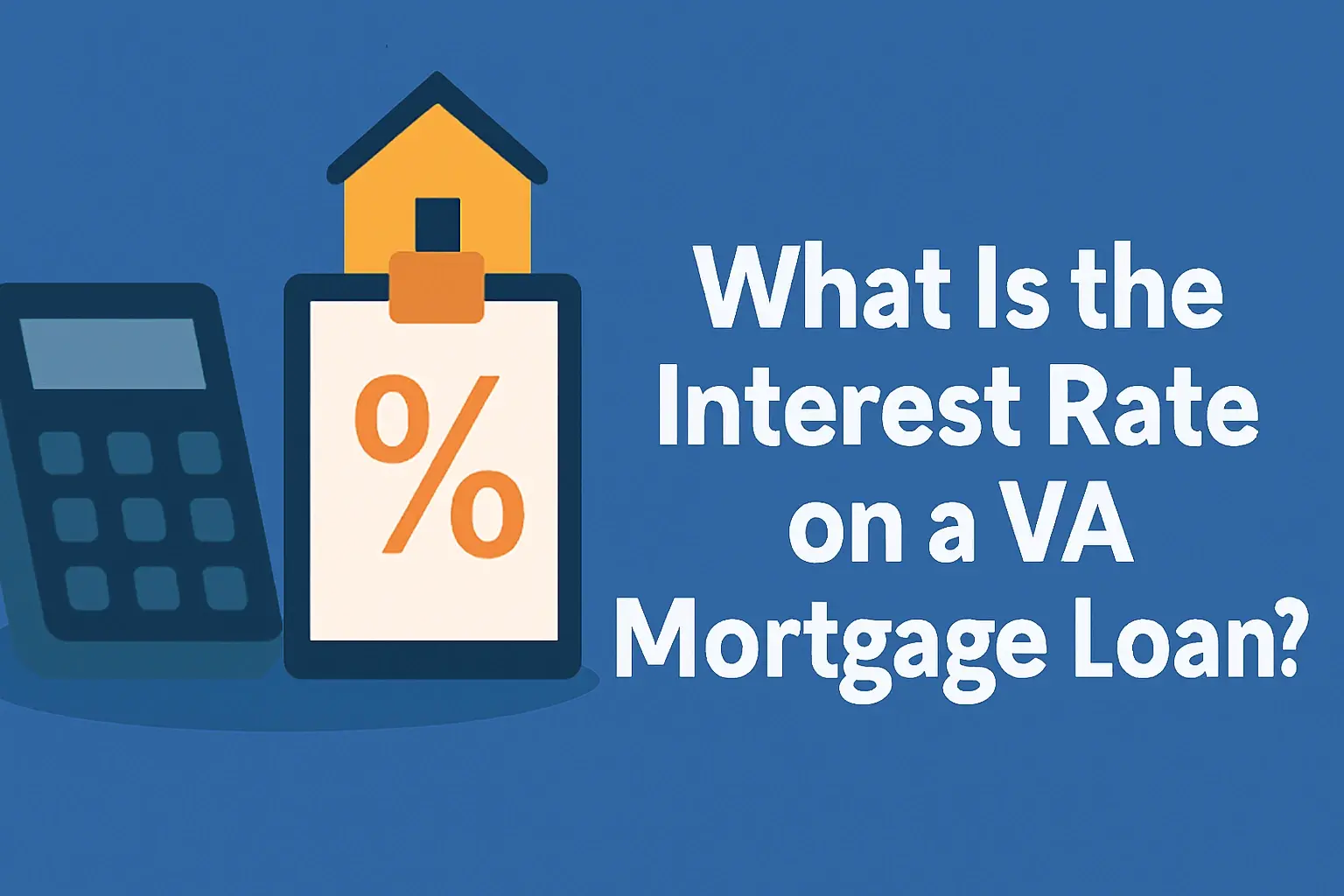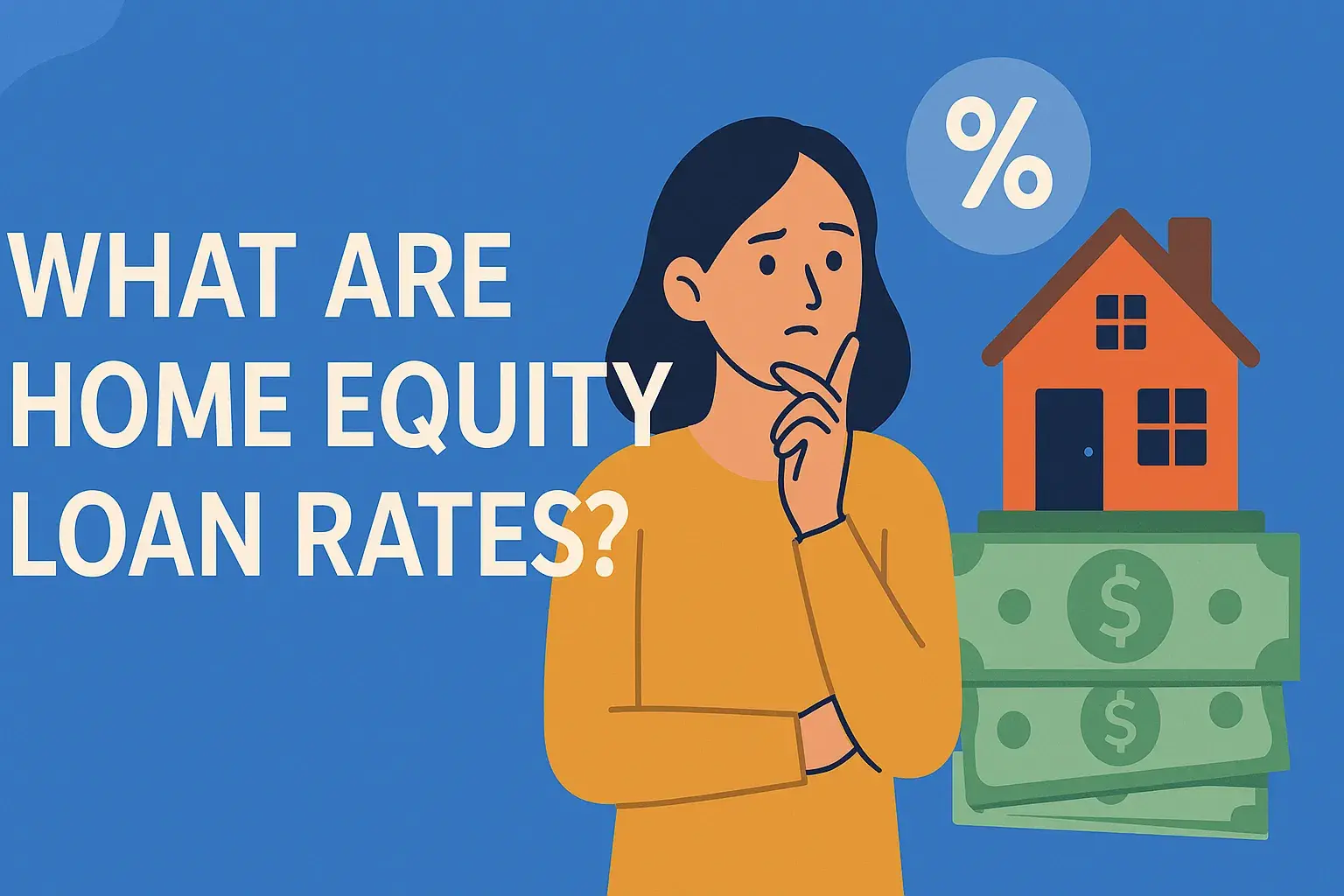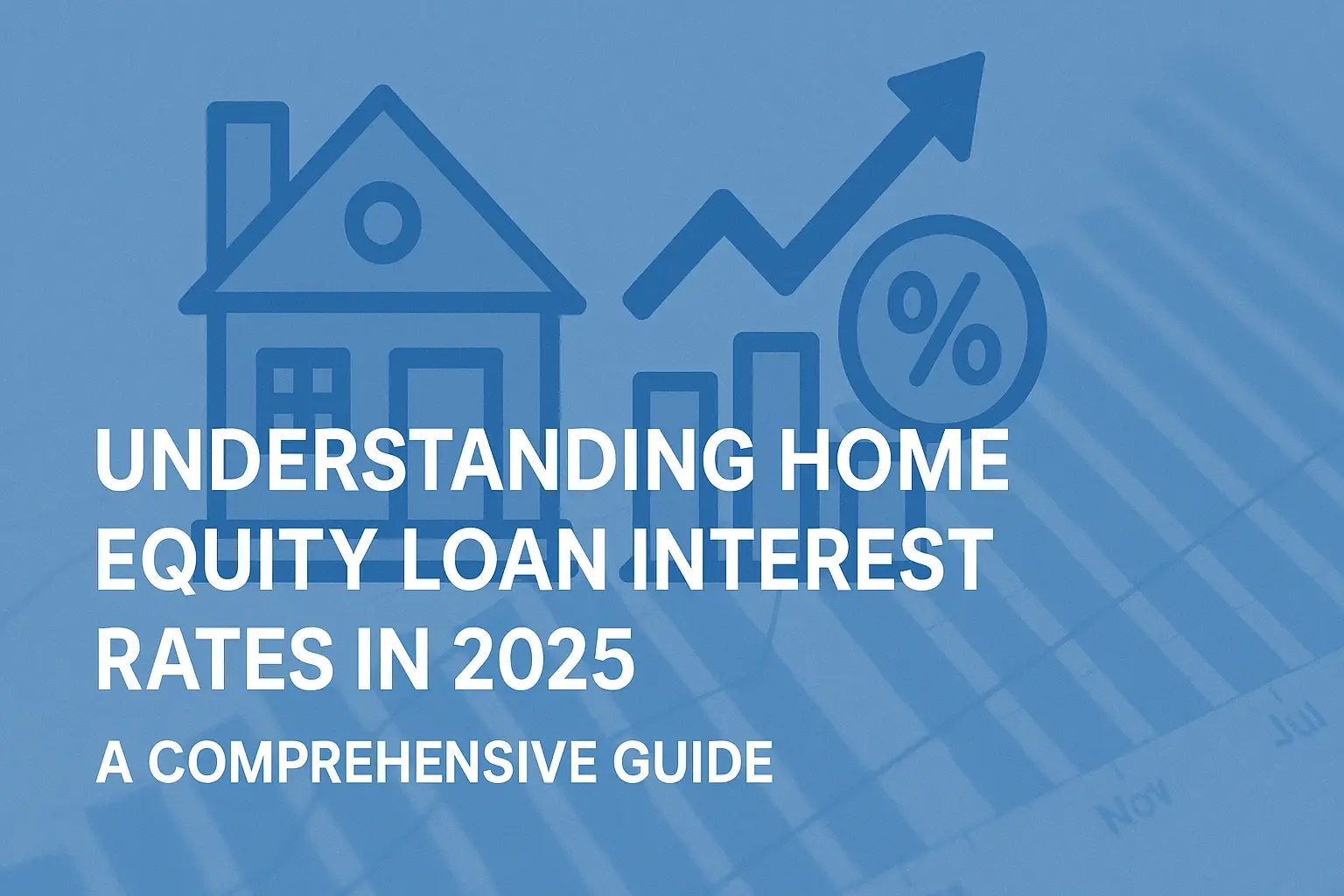-
Posted on: 23 Aug 2024

-
Buying a home is a significant investment, and protecting that investment is crucial. Home loan insurance, also known as mortgage insurance or mortgage protection insurance (MPI), plays a vital role in safeguarding your finances and your family's future. This comprehensive guide will delve into the costs associated with home loan insurance, the factors that influence premiums, and how to make informed decisions about coverage.
Understanding Home Loan Insurance
Home loan insurance isn't a single, monolithic product. It encompasses several different types of coverage designed to protect various parties in the mortgage process. Primarily, it aims to protect the lender in case the borrower defaults on the loan. However, some forms of insurance also provide direct benefits to the borrower and their family.
Types of Home Loan Insurance
- Lender's Mortgage Insurance (LMI): This protects the lender if the borrower defaults. It's usually required when the borrower's down payment is less than 20% of the property's value. LMI is a one-time premium paid upfront or added to the loan. It's also known as Private Mortgage Insurance (PMI) in the US.
- Mortgage Protection Insurance (MPI): This protects the borrower and their family. It pays off the mortgage balance if the borrower dies, becomes disabled, or suffers involuntary unemployment. This is a life and disability insurance policy specifically designed to cover the mortgage.
- Homeowners Insurance (Hazard Insurance): This protects the property itself from damage due to fire, storms, vandalism, and other covered perils. While not strictly "home loan insurance," lenders typically require it as a condition of the loan.
This guide will primarily focus on the cost of LMI and MPI, as they are directly related to the home loan itself.
Factors Influencing Lender's Mortgage Insurance (LMI) Cost
LMI premiums are not fixed and vary based on several factors. Understanding these factors is crucial to estimating your potential LMI costs and exploring strategies to minimize them.
- Loan-to-Value Ratio (LVR): This is the most significant factor. The higher the LVR (i.e., the smaller your down payment), the higher the LMI premium. LVR is calculated as (Loan Amount / Property Value) * 100. A higher LVR indicates a greater risk for the lender.
- Loan Amount: A larger loan amount generally results in a higher LMI premium, even with the same LVR.
- Property Value: While seemingly counterintuitive, the property value indirectly affects LMI. A higher property value, with the same down payment, results in a lower LVR and therefore potentially lower LMI.
- Borrower's Credit Score: Lenders view borrowers with higher credit scores as less risky. A good credit score can significantly reduce your LMI premium, or even allow you to avoid it altogether through specific lender offers.
- Loan Type: The type of loan you choose (e.g., conventional, FHA, VA) can influence LMI requirements and costs. FHA loans, for example, typically have upfront and annual mortgage insurance premiums, regardless of the down payment amount.
- LMI Provider: Different LMI providers may offer varying premiums. Your lender will typically choose the LMI provider, but it's worth asking if they work with multiple providers and comparing rates.
- First-Time Home Buyer Programs: Some government or lender programs for first-time home buyers may offer reduced LMI rates or waivers.
How LVR Impacts LMI
Let's illustrate the impact of LVR with an example. Imagine you're buying a home for $500,000.
- Scenario 1: 20% Down Payment (LVR 80%) You put down $100,000 and borrow $400,000. LMI might be waived or be minimal depending on your credit score and the lender's policies.
- Scenario 2: 10% Down Payment (LVR 90%) You put down $50,000 and borrow $450,000. LMI will be significantly higher than in Scenario 1.
- Scenario 3: 5% Down Payment (LVR 95%) You put down $25,000 and borrow $475,000. LMI will be even higher than in Scenario 2, potentially adding tens of thousands of dollars to the overall cost of your home.
This clearly demonstrates the importance of saving for a larger down payment, if possible, to minimize LMI costs.
Estimating LMI Costs: A Practical Approach
While exact LMI premiums can only be determined by a lender after a full loan application, you can get a good estimate using online calculators provided by LMI providers and mortgage brokers.
- Use Online LMI Calculators: Major LMI providers like Genworth and Arch MI often have free calculators on their websites. Input your loan amount, property value, LVR, and estimated credit score to get an approximate premium.
- Consult with a Mortgage Broker: Mortgage brokers have access to multiple lenders and LMI providers. They can provide a more accurate estimate based on your specific circumstances.
- Review Lender's Rate Sheets: Some lenders publish rate sheets that show LMI premiums for various LVRs and credit score ranges.
- Consider a Pre-Approval: Getting pre-approved for a mortgage allows you to see an actual LMI quote based on your creditworthiness and loan terms.
Important Note: These are just estimates. The actual LMI premium may vary depending on the lender's specific policies and the LMI provider's underwriting guidelines.
Understanding Mortgage Protection Insurance (MPI) Cost
Mortgage Protection Insurance (MPI) is a type of life and disability insurance designed to pay off your mortgage if you die, become disabled, or suffer involuntary unemployment. Unlike LMI, which protects the lender, MPI protects you and your family.
Factors Influencing MPI Cost
- Age: Older applicants generally pay higher premiums due to increased mortality risk.
- Health: Your health history and current health status significantly impact MPI premiums. Applicants with pre-existing conditions may face higher rates or even be denied coverage.
- Loan Amount: The larger the mortgage balance you want to cover, the higher the MPI premium.
- Coverage Type: MPI policies can cover death, disability, and involuntary unemployment. Policies covering more events will typically have higher premiums.
- Benefit Period: Some MPI policies offer benefits for a limited period (e.g., 12 months of unemployment coverage), while others provide coverage for the entire mortgage term. Longer benefit periods result in higher premiums.
- Policy Type: There are different types of MPI policies, such as decreasing term (where the coverage amount decreases over time as you pay down the mortgage) and level term (where the coverage amount remains constant). Decreasing term policies are generally cheaper.
- Insurance Provider: Premiums vary significantly between insurance providers. It's essential to shop around and compare quotes from multiple companies.
How MPI Premiums Are Calculated
MPI premiums are typically calculated based on actuarial tables and the specific risk factors mentioned above. Insurers assess the likelihood of a claim being filed based on the applicant's age, health, and other characteristics. The premium is then set to cover the potential cost of paying out the mortgage balance in the event of a covered event.
MPI vs. Traditional Life Insurance
It's important to understand the difference between MPI and traditional life insurance. While both provide a death benefit, they differ in several key aspects:
- Beneficiary: With MPI, the beneficiary is typically the lender (to pay off the mortgage). With traditional life insurance, the beneficiary can be anyone you choose (e.g., your spouse, children).
- Portability: Traditional life insurance is portable, meaning you can keep the policy even if you move or refinance your mortgage. MPI is tied to the specific mortgage.
- Flexibility: Traditional life insurance provides more flexibility in how the death benefit can be used. Your beneficiaries can use the money for anything they need, not just paying off the mortgage.
- Underwriting: MPI often has less stringent underwriting requirements than traditional life insurance, making it easier to qualify for, especially for individuals with pre-existing conditions. However, this often comes at a higher cost.
For many homeowners, a traditional term life insurance policy may offer better value and flexibility than MPI. It's crucial to carefully evaluate your needs and compare both options before making a decision.
Strategies to Reduce Home Loan Insurance Costs
While home loan insurance is often unavoidable, there are several strategies you can employ to minimize your costs:
- Increase Your Down Payment: The most effective way to reduce LMI is to save for a larger down payment, bringing your LVR below 80%.
- Improve Your Credit Score: Work on improving your credit score before applying for a mortgage. This can significantly reduce your LMI premium.
- Shop Around for Lenders: Different lenders may have different LMI policies and rates. Compare offers from multiple lenders to find the best deal.
- Negotiate with the Lender: Don't be afraid to negotiate with the lender on LMI premiums or other fees.
- Consider a Shorter Loan Term: While it may increase your monthly payments, a shorter loan term can reduce the overall interest paid and potentially lower LMI costs.
- Explore First-Time Home Buyer Programs: These programs often offer reduced LMI rates or waivers.
- Refinance Your Mortgage (After Building Equity): Once you've built up enough equity in your home (typically reaching an LVR of 80% or lower), you can refinance your mortgage to eliminate LMI.
- Compare MPI Quotes: If you're considering MPI, get quotes from multiple insurance providers to find the most competitive rates.
- Consider Term Life Insurance: Evaluate whether a traditional term life insurance policy might be a better and more cost-effective alternative to MPI.
The Future of Home Loan Insurance
The home loan insurance landscape is constantly evolving, influenced by factors such as economic conditions, regulatory changes, and technological advancements. LMI providers are increasingly using data analytics and AI to assess risk and personalize premiums.
Furthermore, there's a growing trend towards offering more flexible and customized MPI policies to better meet the diverse needs of homeowners. Consumers are becoming more aware of their options and demanding greater transparency and affordability in home loan insurance products.
Conclusion
Understanding the costs associated with home loan insurance is essential for making informed decisions about your mortgage. While LMI protects the lender, MPI safeguards your family's financial future. By carefully considering your individual circumstances, exploring different options, and employing the strategies outlined in this guide, you can minimize your home loan insurance costs and protect your investment.








